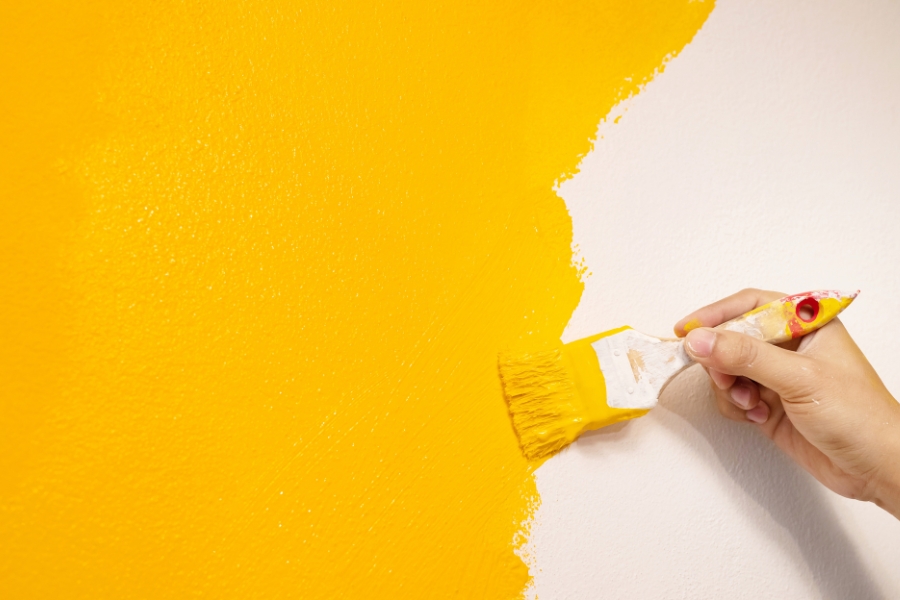Yellow. It’s not just a color; it’s a statement. Whether you’re painting a bedroom to catch those morning rays or selecting the perfect shade for your home’s exterior to stand out in the neighborhood, yellow has its unique charm. Ever noticed how a room painted in soft yellow can instantly feel sunnier, no matter the weather outside? Or how a pale yellow front door can extend a warm welcome even before guests step inside?
Table of Contents
In this post, we’ll dive deep into the world of yellow paint, moving from the subtle undertones of pastel shades to the lively vibes of more vibrant hues. We’ll also uncover the best practices when applying these shades and how they can transform the spaces they grace. So, whether you’re a home renovator on the lookout for the next trendy shade or just someone with an appreciation for color, stick around. We’ve got a sunny journey ahead!
Yellow Paint: Setting the Palette
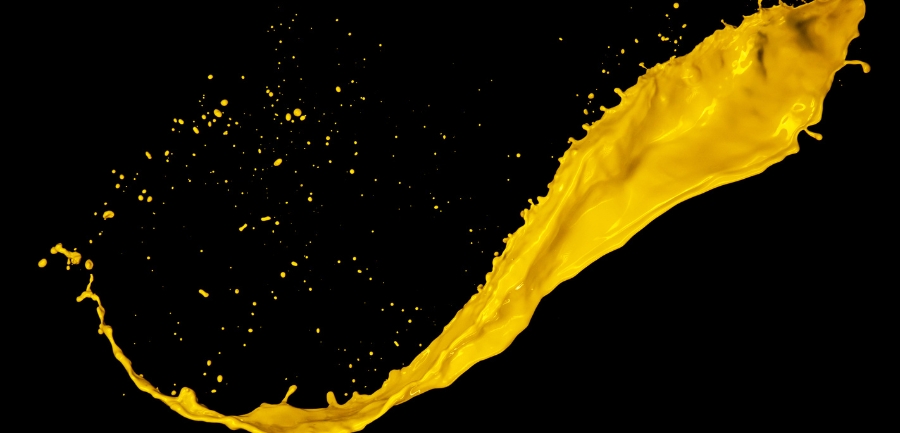
When we think of transforming a space, paint often becomes our primary tool. It’s the canvas of our home, and the color we choose can dramatically change its look and feel. And in the vast world of paint colors, yellow holds a special place. But what makes a color truly ‘yellow’? Let’s set our palette right and delve into the spectrum of this sunny hue.
Coloring Yellow: The Spectrum
What makes the color ‘yellow’?
Yellow is a primary color, meaning it’s one of the base colors that can’t be created by mixing other hues. At its core, yellow paint absorbs light from the blue end of the spectrum and reflects the colors in the yellow to red range, making it appear yellow to our eyes.
The science and art of yellow hues:
- Science Perspective: On the spectrum of visible light, yellow sits between green and orange. Its wavelength is approximately 570-590 nanometers.
- Art Perspective: In the world of art and design, yellow can be bright and bold like the sun or soft and subtle, reminiscent of early morning light. The versatility of yellow makes it a favorite for artists, helping them evoke specific feelings or set a particular mood.
Soft Yellow: A Gentle Approach
The psychological impact of soft yellow:
Soft yellow, with its muted tones, often brings about feelings of calmness, happiness, and optimism. Unlike its brighter counterparts, which can be energetic and vibrant, soft yellow offers a serene touch. It’s like that gentle morning light that seeps in through the curtains, setting a calm tone for the day.
When and where to use soft yellow in interiors:
- Bedrooms: A soft yellow can create a restful ambiance, making it perfect for bedrooms where relaxation is key.
- Living Rooms: This shade brings warmth without overwhelming the space, making it cozy and inviting.
- Nurseries: For a touch of cheerfulness without the glare of bolder yellows, soft yellow is a lovely choice.
In a table format for quick reference:
| Room | Why Soft Yellow? |
| Bedroom | Calm ambiance for relaxation |
| Living Room | Warmth without overwhelming |
| Nursery | Cheerful yet gentle touch for the little ones |
Exploring Light Yellow Paint
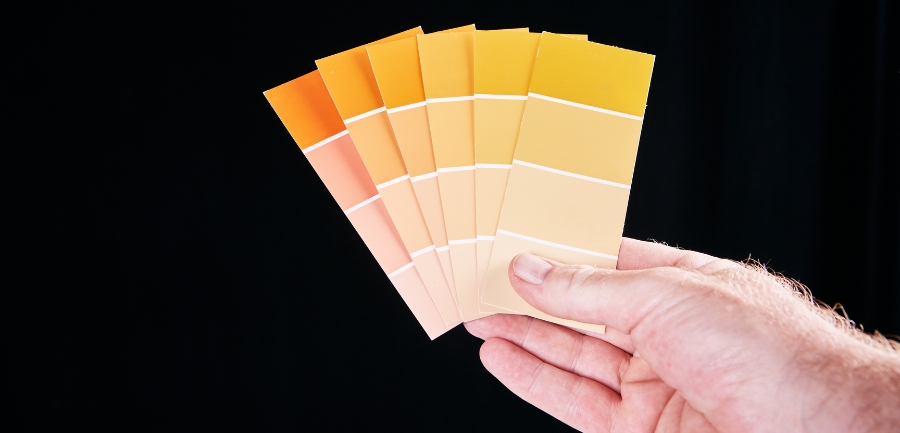
Light yellow is like the soft hum of a gentle tune — it’s there, making its presence felt without overpowering. The beauty of light yellow is in its ability to illuminate without being overbearing. Whether you’re considering painting a feature wall or furnishing a room, this hue offers a diverse palette. Let’s journey through the tones and complementing shades of light yellow paint.
Yellow Paint Shades: Beyond the Basics
From lemon to sunflower: the nuances of light yellow.
Light yellow isn’t a one-size-fits-all. It presents a spectrum:
- Lemon: A zesty, lively shade that’s as refreshing as a cold lemonade on a hot day.
- Buttercream: This tone is richer and creamier, evoking the smoothness of butter or the frosting on your favorite cake.
- Sunflower: Imagine standing amidst a field of sunflowers, with the golden petals reflecting the sun. This shade embodies that spirit.
- Pairing light yellow with other colors:
Light yellow doesn’t just shine on its own; it beautifully complements other colors:
- Greys: A muted grey with light yellow create a balanced contrast.
- Blues: Think of the sky meeting the horizon during sunrise. A soft blue with light yellow creates a harmonious blend.
- Greens: Combining light yellow with a pastel green can remind you of spring, with daffodils blooming amidst fresh leaves.
Pastel Yellow Paint: Delicate and Dreamy
Characteristics of pastel yellow:
Pastel yellow is like the first hint of dawn — gentle, soft, and full of promise. It carries:
- Subtlety: Unlike its vibrant counterparts, pastel yellow whispers rather than shouts.
- Versatility: It can stand alone or act as a backdrop, making other colors pop.
- Elegance: With its understated charm, it’s no wonder pastel yellow finds its way into sophisticated decor and fashion choices.
Combining pastel yellow with complementary pastels:
- Lavender: The coolness of lavender with the warmth of pastel yellow creates a delightful contrast.
- Mint: Mint and pastel yellow can transport you to a serene beach with soft sands and calm waters.
- Blush Pink: For a touch of romance, blending pastel yellow with blush pink is an impeccable choice.
Beautifying Spaces with Pale Yellow Walls
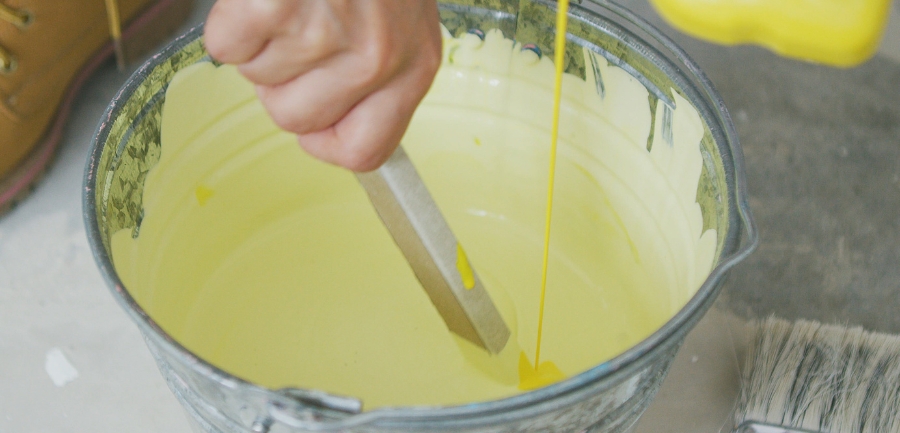
The art of home decoration often centers around choosing the right color. While bold shades make striking statements, there’s something inherently comforting about subtle hues. Pale yellow, with its delicate charm, stands out in this category. Whether you’re aiming for a contemporary or classic look, pale yellow walls can set the right tone for your space.
The Allure of Pale Yellow Walls
Creating ambiance with pale yellow:
Pale yellow has an innate ability to introduce warmth and coziness without the intensity of bolder colors. It’s akin to the gentle glow of a candle in a dim room—calm, soothing, and inviting. With pale yellow walls:
- Rooms appear more spacious and airy.
- It adds a touch of vintage charm, reminiscent of timeless designs and décor.
- Invites natural light, making rooms brighter during the day.
Tips for decorating around pale yellow walls:
- Furniture: Opt for natural wood tones or white furniture to complement the subtleness of pale yellow.
- Accents: Introduce deep greens or navy blues in the form of cushions, vases, or wall hangings to create depth.
- Textures: Consider introducing lace curtains, woolen throws, or jute rugs to add a tactile dimension to the room.
Light Yellow Wall Paint: Brightening Spaces
Advantages of light yellow walls:
Light yellow, with its sunny disposition, can instantly elevate the mood of any room. Some of its benefits include:
- Reflecting light, making spaces look larger and more open.
- Offering a neutral backdrop, allowing decorative pieces to stand out.
- Being versatile, fitting well in modern, rustic, or traditional interiors.
How to choose the perfect light yellow shade for your space:
- Assess the Room’s Natural Light: Rooms with ample sunlight can benefit from a slightly deeper shade of light yellow, while dimly lit rooms might require a brighter variant.
- Consider the Room’s Purpose: A study or office might benefit from a more muted tone to maintain focus, while a living room could embrace a livelier shade for a welcoming ambiance.
- Test Before Committing: Always paint a small patch on the wall and observe it at different times of the day before finalizing your choice.
Soft Yellow Yellow Exterior House Paint Colors
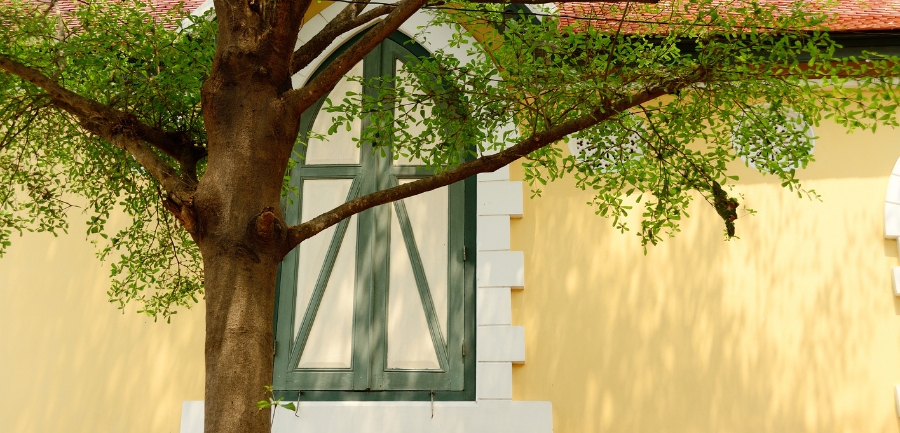
Choosing an exterior paint color is a significant decision. It not only sets the tone for your home’s curb appeal but also plays a vital role in its overall appearance. Soft yellow, with its inviting and friendly demeanor, is a favorite for those aiming to breathe life into their exteriors. Let’s explore how soft yellow paint can elevate your home’s outdoor aesthetics.
Uplifting Exteriors with Soft Yellow
The transformative power of soft yellow exteriors:
Soft yellow, as an exterior shade, does wonders in creating a welcoming ambiance. Its subtle radiance gives homes a cheerful and inviting look. By choosing soft yellow:
- You can make your home stand out, without making it look gaudy.
- It complements natural landscapes, making gardens and lawns appear more vibrant.
- Homes appear warmer, perfect for areas with cooler climates.
Best exterior pairings with soft yellow:
When working with soft yellow, the right pairings can accentuate its beauty:
- Roofing: Charcoal or dark gray roofs can offer a beautiful contrast with soft yellow exteriors.
- Trim: White trims around windows and doors amplify the elegance of soft yellow.
- Front Door: A deep blue or forest green door against a soft yellow facade can create a striking focal point.
Ensuring Longevity and Vibrance Outdoors
Maintenance tips for yellow exteriors:
Soft yellow, although a gorgeous shade, can be prone to showing dirt or stains. To keep its charm intact:
- Schedule regular cleaning sessions using mild soapy water to keep the exterior looking fresh.
- Address mold or mildew promptly, as they can discolor yellow surfaces.
- Opt for paints with anti-dirt properties to minimize maintenance.
Weatherproofing and preserving your yellow paint:
Yellow, being a lighter shade, can fade if not adequately protected. Here’s how you can preserve its vibrance:
- Choose High-Quality Paint: Investing in premium exterior paint ensures better resistance to weathering.
- UV Protective Coating: A coat that offers UV protection can shield the paint from the harsh sun, preventing fading.
- Regular Check-ups: Inspect your exterior paint for signs of chipping or peeling, especially after extreme weather conditions. Addressing them early can save costs in the long run.
To Wrap It Up!
Yellow, in its varied shades, carries the essence of warmth, cheerfulness, and vibrancy. Whether you’re considering it for the intimate corners of your home or its exterior facade, this hue has the potential to transform spaces with its welcoming charm. By understanding its nuances and pairing it right, you can create spaces that not only look aesthetically pleasing but also resonate with the mood you desire. So the next time you find yourself in the paint aisle, remember the versatility of yellow and let it splash your spaces with its sunny magic.
FAQs
How can you make yellow paint?
Mix primary colors, red and green, in equal parts to produce yellow. However, most artists use ready-made yellow as a primary color in their palette.
What color contrasts yellow paint?
Purple, being the complementary color to yellow on the color wheel, offers the strongest contrast. Dark blues and deep violets also contrast well with yellow.
Is yellow paint good?
Yes, yellow paint evokes feelings of warmth, happiness, and energy. It brightens spaces and is versatile for various decor styles and room functions.
How do you use yellow paint?
Use yellow paint as an accent wall, combine with neutral tones for balance, or apply in well-lit spaces to enhance natural light and create a cheerful ambiance.

